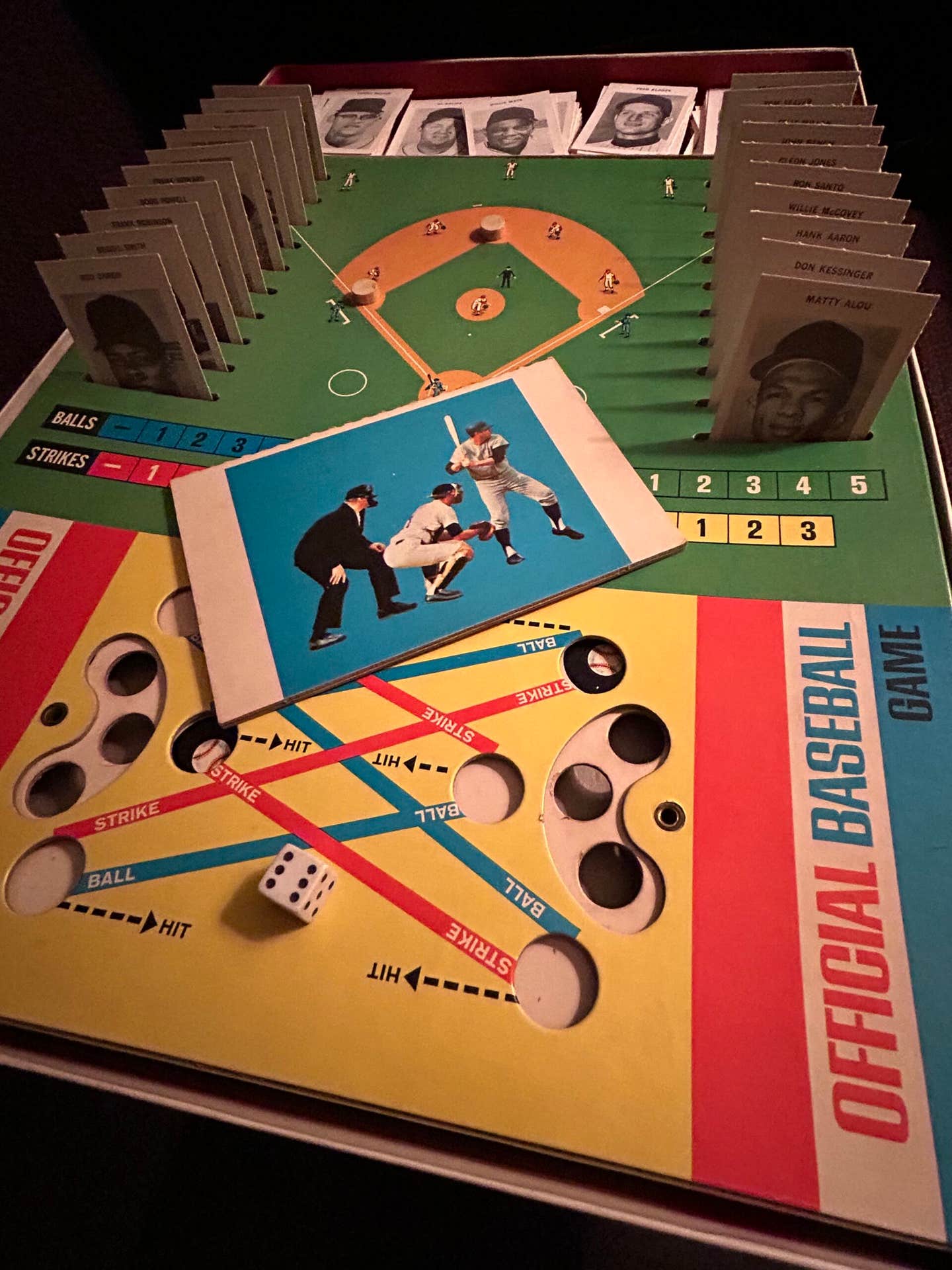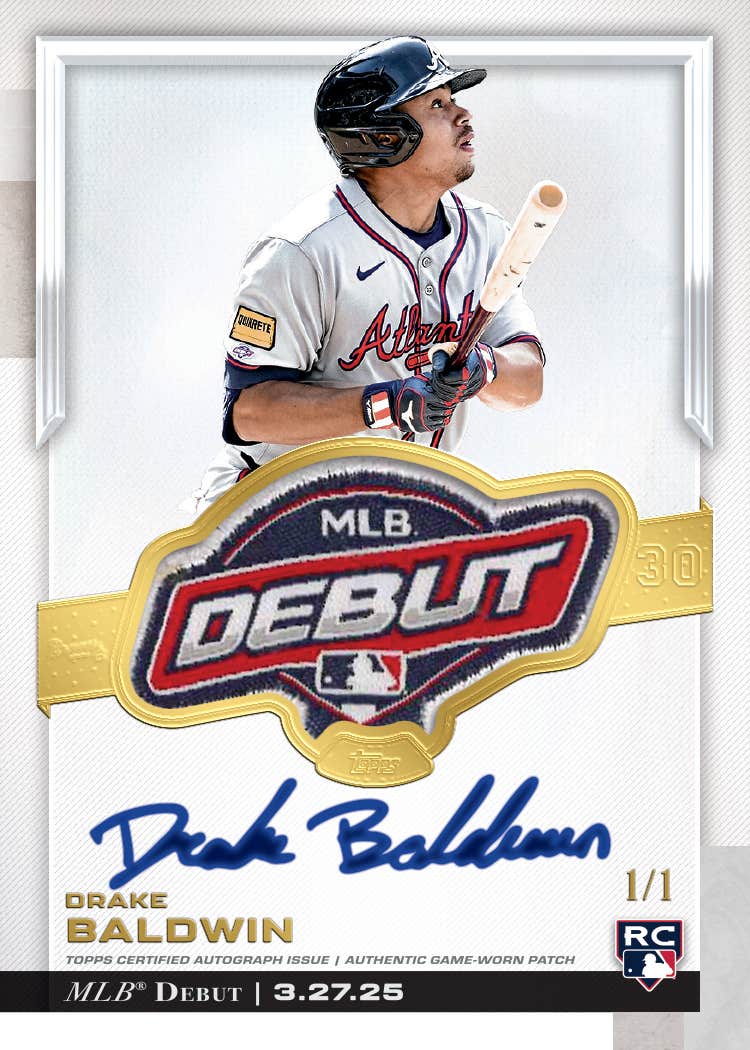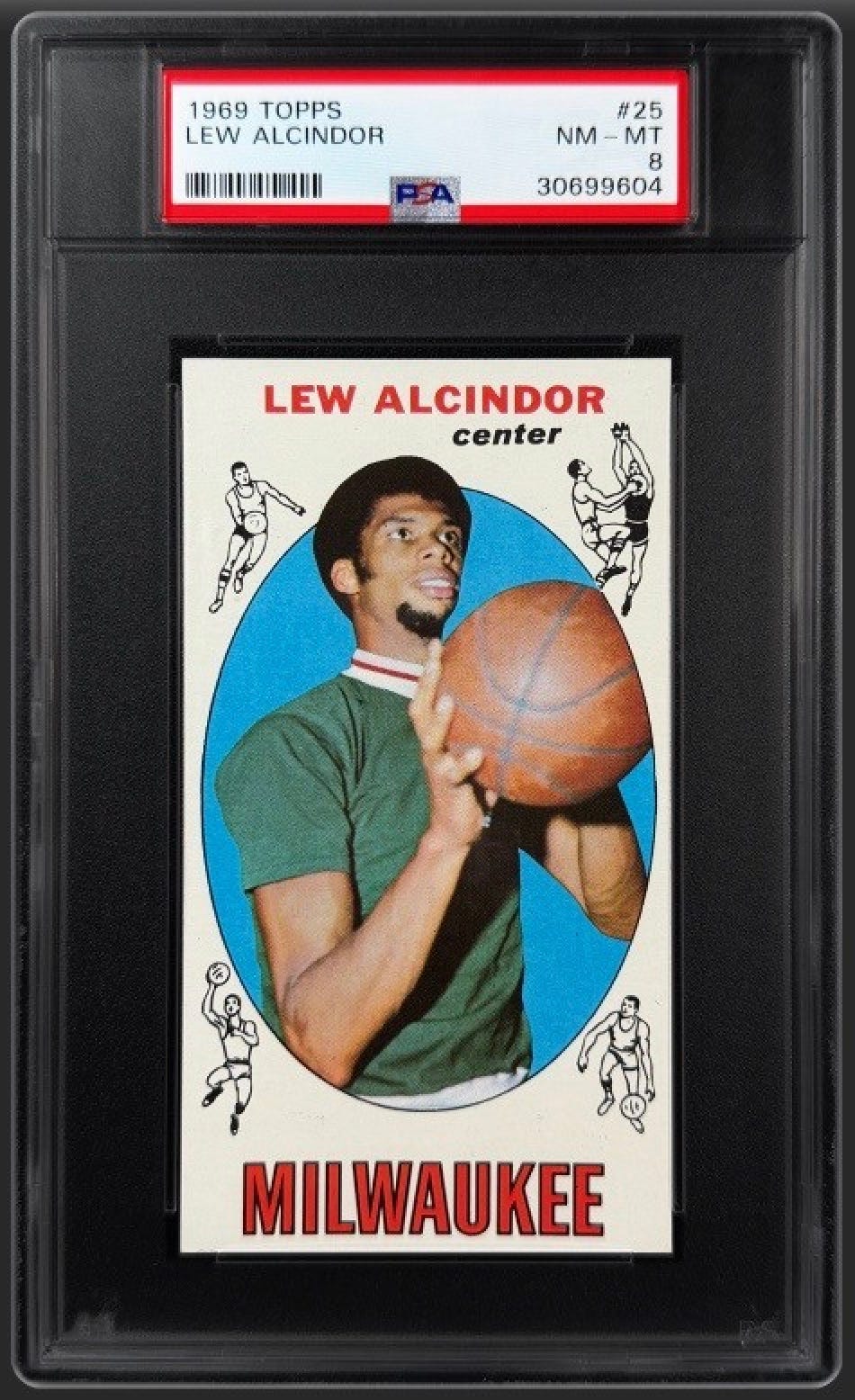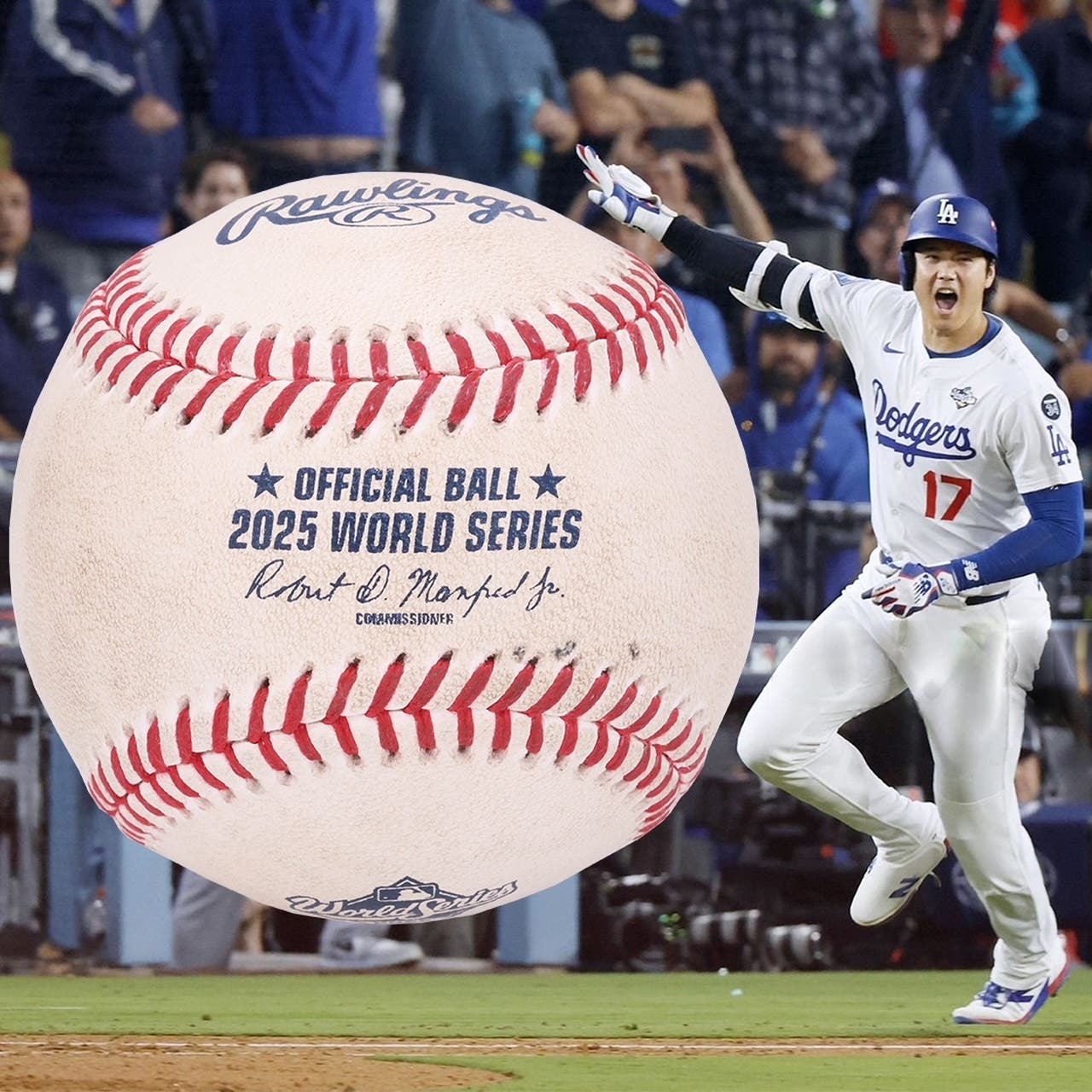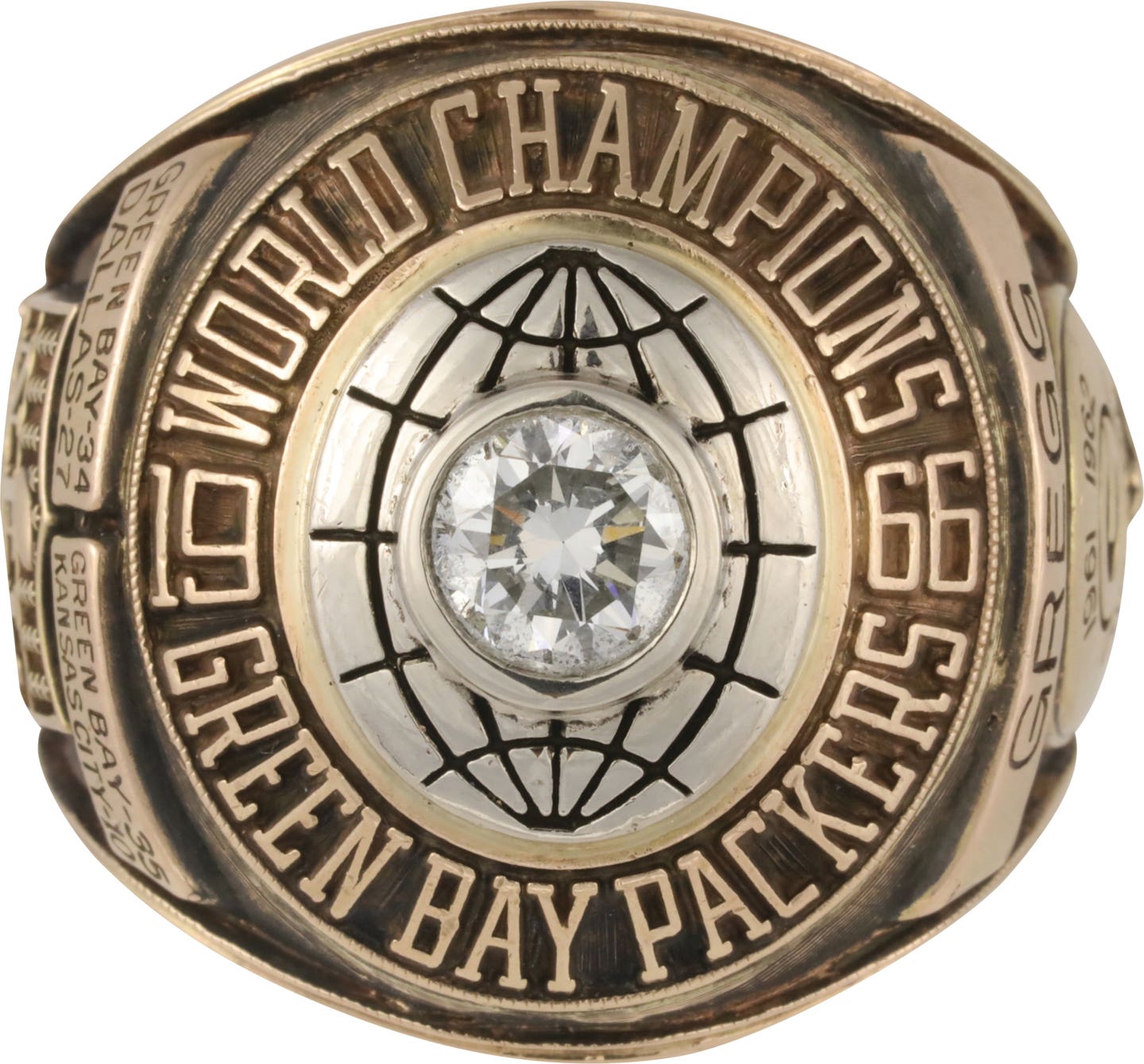News
POWER PLAY: Topps checked into NHL with colorful 1954 hockey set featuring Gordie Howe
In the fall of 1954, more than 70 years ago, the struggle between Topps and Bowman for the American sports card market was nearly over with Topps emerging as the obvious winner. Bowman, of course, hung on for another year, issuing baseball and football sets in 1955 until being bought out by Topps in early 1956.
It appears now that victorious Topps was not content then to merely dominate the fields of baseball and football cards but was seeking other worlds to conquer.
Topps evidently decided to forego issuing basketball cards despite the fact that there was no national producer of cards of NBA players in 1954 (and had been none since 1948). Topps itself did not release a set of basketball cards until the 1957-58 season, and then not again until 1969.
Instead, Topps elected in 1954 to enter the field of hockey cards. As opposed to the field of basketball cards where it would enjoy a monopoly, a competitor existed in the hockey card market. Standing in the way of Topps was Parkhurst Products of Toronto, Canada, which had been issuing cards of the National Hockey League since 1951, not to mention occasional forays into baseball, football and wrestling.
Topps chose to declare war on Parkhurst at the worst possible time, for the 1953-54 and 1954-55 “Parkies” are probably the strongest sets issued by the company during its entire 1951-64 run. The individual cards of the earlier sets of 1951-52 and 1952-53 are both undersized and downright ugly. And the later sets suffer from their limited scope, including only players of the Montreal Canadians and Toronto Maple Leafs (and in later instances the Detroit Red Wings). Only the 1953-55 sets can be called both physically attractive and all-inclusive.
Now seen with the perspective of 70 years, Topps' initial hockey issuance of 60 cards in 1954-55 is extremely attractive. The cards are large at 2 5/8-by-3 ¾ inches, slightly bigger than the 2 ½-by-3 5/8 Parkies.
You Also Might Like:
The players are all shown in full color, close up and full bodied on a white background. Since it was 1954, there was not a helmet or goalie mask to be seen, although Boston Bruins defenseman Hal Laycoe (card #38) is pictured in the glasses he wore at all times, including during NHL games.
The only other adornments on each card front are a small team insignia in an upper corner, the player's autograph, and two small red and blue strips at the bottom with the player's name, position and team. The overall appearance is far superior to the Parkies, which are smaller and often blurry shots of the players on the ice. The Parkies also seem to have been originally black-and-white shots which were later colorized with varying degrees of success. In fact, on some of the Parkies the player himself is in full color while the background is black-and-white and the arena ice an unnatural dark blue.
There is one drawback in that so many of the 1954 Topps cards are, unfortunately, marred by light blue discoloration on the card fronts, evidently from the wrapper. This, of course, makes mint cards even more scarce and expensive.
Card backs are equally eye-catching. Blue and red strips that extend to its edges contain the players name, position and team, as well as the card number in a circle. Player stats for the 1953-54 season can be found in one line in tiny print at the card's bottom. A hockey stick labeled “Topps Hockey” sets off his personal data on the left side of the back.
It is interesting to note that, unlike the modern NHL where team rosters resemble the United Nations, only two of the 60 players were not born in Canada. New York Ranger defenseman Ivan Irwin was a native of Chicago.
As his card (#44) points out, “Ivan the Terrible” was the only American-born player in the NHL. And fellow Ranger defenseman Jack Evans (#14) was born in Wales, although his family moved to Canada when he was a child. Strangely, he was given the nickname “Tex” because his Welsh accent sounded like a Texas twang to his teammates.
The right side of each card back consists of a cartoon illustrating some aspect of the game's rules (body checks are legal in hockey), history (Frank Calder was the NHL's first president), records (the total point record in a game is eight) or trivia (the goalie's equipment weighs about 31 pounds).
The center portion is a somewhat detailed account of the player's professional and personal history. Some have the standard Topps exaggeration. Red Kelly (#5), for example, is “a coach's dream” and “a tireless worker.” Leo LaBine (#19) is “always rough and ready.” Nick Mickoski (#29) has “size, speed and shot-making ability.” Others note an unusual or offbeat fact. For example, Frank Martin (#30) was “a fast-ball pitcher in the Dodgers organization” who "passed up baseball for hockey.” Bill Dineen (#57) “is working toward a degree in civil engineering.”
Overall, Topps surpassed Parkhurst in both the substance and style of 1954 card backs. This is especially true when weighing the fact that some Parkies contain absolutely NO information at all. A majority of the 1954 Parkies can be found with either the standard limited narrative (in both English and French) or no write-up at all. Instead, the entire back is a “Lucky Premium Card” offering a number of different prizes such as a “deluxe miniature camera.”
MR. HOCKEY
One factor in favor of Parkhurst in 1954 is the completeness of its set. With only six NHL teams and less than 20 players on each, the Parkhurst set of 100 cards was able to encompass virtually every player of any significance, including 12 All-Star cards and 12 In-Action cards (although neither subset was so labeled). And for the final time, Parkhurst included players from all six NHL teams and not just the two based in Canada.
Topps, meanwhile, elected for some reason to include players from only the four American teams that were members of the “Original Six,” divided evenly with each team represented by 15 players.
You Also Might Like:
This meant that the 1954 Topps set would contain almost every member of the Detroit Red Wings, who had won the Stanley Cup three of the previous five years and go on to win again in the 1954-55 season (but not capture another Cup until 1997). However, members of the Montreal Canadians and Toronto Maple Leafs, including numerous future members of the Hockey Hall of Fame such as Maurice “Rocket” Richard, could be found only in the Parkhurst issue.
Despite the omission of all Canadians and Maple Leafs, Topps in 1954 still included no less than 16 Hall of Famers, or better than a quarter of the 60-card set. The most prominent of the 16 is certainly Gordie Howe (#8), often considered the greatest hockey player of all time prior to the arrival of Wayne Gretzky.
“Mr. Hockey” was then in his ninth season of what would be more than three decades as a player and had appeared on all four Parkhurst issues from 1951 to 1954. His true rookie card is found in the 1951-52 Parkhurst set. However, his 1954-55 Topps card will cost a collector as much or nearly as much as his 1951 Parkie for three reasons. First is the card’s status as his first American card. The second is the fact that it is immensely more attractive than the small, blurry and ugly Parkie. And the third is the fact that the 1954 Topps set is just so much more popular with collectors than the 1951 Parkhurst issue.
Other Hall of Famers in the set include such legends as Terry Sawchuk, Milt Schmidt, Red Kelly, Ted Lindsay and Gump Worsley. There are no less than eight rookie cards among the 60 but none of the eight made the Hockey Hall of Fame.
The most notable rookies are probably Doug Mohns (#18), Camille Henry (#32), and Don McKenney (#35). In addition, brothers Johnny Wilson of the Red Wings (#4) and Larry Wilson (#40) of the Blackhawks are both found in the set. And, as his card (#45) points out, Detroit forward Tony Leswick scored the goal that won the 1954 Stanley Cup. “Tough Tony” was also the uncle of former major league outfielder Len Dykstra.
Although no uncut sheet of the 1954 Topps hockey set is known to exist, the cards were almost certainly printed head-to-head in numerical order. Card #1 of Dick Gamble was, thus, printed head-to-head with card #2 of Bob Chrystal. When the cards are placed in an album by their fronts, every odd-numbered card back faces one way while the next even-numbered back faces the opposite.
The lack of an uncut sheet also raises the question of whether every card in the set was printed in the same amount. It has always been generally accepted that all 1954 hockey cards are equally plentiful, likely with each card appearing exactly twice on a sheet of 120 cards. However, Topps' baseball set of 1955 and its football sets of 1955 and 1956 were evidently printed on sheets of 110 cards. Since the cards of all three of these issues are slightly smaller than those of the 1954 hockey set, it is possible that for space reasons 10 (or even more) of the 1954 hockey cards were printed only once on that 110-card sheet and are, thus, half as plentiful as the other 50 or so. If this is true, the number and identity of any short prints will be ever open to speculation.
It is unclear today just how successful the 1954-55 Topps hockey set was. Topps’s next hockey set was not produced until 1957-58, despite having triumphed over Bowman and not facing any domestic competition from 1955-57. And Topps even then continued to omit cards of the Canadians and Maple Leafs (and later the Red Wings) probably through agreement with Parkhurst or the NHL or both. It was certainly no coincidence that players from those three teams began to appear (or reappear) in Topps sets only in 1964, the year after Parkhurst had left the business of printing hockey cards.
For a set that is 70 years old, 1954 Topps hockey cards are surprisingly affordable with the singular exception of Gordie Howe, which is valued at $25,000 in a PSA 9 (there are no PSA 10s, according to PSA’s pop report). With the bottom blue border that is so easily chipped and the all too common blue staining, cards in truly mint condition are nearly impossible to find and not easily affordable.
But collectors who can live with rounded corners and other minor wear can assemble a near set of 59 cards with reasonable time and expense. They can then hope to inherit or win enough money to afford the first American card of “Mr. Hockey” and complete this great looking and historic set.



